“The right tool for the right job” has long been a maxim for project efficiency. As educators, we understand the importance of fit. Courses are designed to fit the intended learning outcomes. Assessments must fit academic benchmarks. Faculty experience and expertise are matched to fit the courses they teach. There are those at U of T working to take the concept of “fit” one step further – revising typical classroom activity to find “the right teaching for the right learning.”
“There’s a whole slew of research that suggests that collaborative problem-solving, and directed interaction between students, is much more effective as a learning pedagogy than traditional lecturing,” says Susan McCahan, Vice-Provost, Innovations in Undergraduate Education.
McCahan is one of many voices at U of T making visible the research supporting the benefits to student engagement and motivation through active learning.
As defined by Elizabeth F. Barkley in her handbook, Student Engagement Techniques, “active learning means that the mind is actively engaged. Its defining characteristics are that students are dynamic participants in their learning and that they are reflecting on and monitoring both the processes and the results of their learning” (Barkley, 2010, p.17).
For the past two years at the University of Toronto Mississauga (UTM) campus, Chester Scoville, Assistant Professor, Teaching Stream has been teaching a second year humanities course on rhetoric using a “technology-enhanced” Active Learning Classroom (ALC).
“One of the nice things about having students work in groups is that you can get undergraduates working together with medieval digital manuscripts, doing a level of editorial work that you wouldn’t normally encounter until grad school,” he says. “This new way of learning gets students involved with the discipline to the point where it becomes a humanities lab experience.”
Collaboration with peers and interactive engagement are at the heart of Scoville’s active learning classes. Through the capability provided through the ALC, technology can play a supporting role facilitating group work, communication and deemphasizing the classic lecture style classroom.
“These technology-enhanced spaces have been specifically redesigned to support student interactions and peer activities,” says Simone Laughton, Coordinator, UTM Library Instructional Technology Services.
In fact, collaboration for courses taught within the ALCs begins even before the students set foot in the classroom. A community of support has grown up around the initiative. A team consisting of representatives from UTM Library and Instructional Technology Services, Educational Developers from the Robert Gillespie Academic Skills Centre, Information & Instructional Technology Services Classroom Technology Support, Facilities staff, and staff from the UTM Office of the Registrar all work closely with instructors and TAs throughout the course design, delivery, and review processes.
On the St. George campus, the Centre for Engineering Innovation and Entrepreneurship (CEIE), projected to open in 2016, is another example of how active learning is changing the physical shape of classrooms at U of T. Technology-Enabled Active Learning (TEAL) rooms are designed for problem-based student learning with the intention of replicating the engineering design scenarios engineers might encounter in the real world.
Excitement and support for active learning has also extended to U of T’s online and hybrid courses. In 2014, faculty leaders from across the university joined together to develop active learning tools and resources specifically designed for digital learning environments. Spanning across five divisions/departments at U of T, the Active Learning: Online Redesign (ALOR) is a project supported through a provincial Productivity and Innovation Fund focusing on the development of a replicable framework for program level redesign and integration of technology-based active learning.
One UTM instructor, Assistant Professor, Teaching Stream, Rosa Hong used the ALOR project as an opportunity to integrate active learning strategies into her French writing course within the Department of Language Studies. By engaging in educative assessment using technology tools such as wiki pages and a blog tool, Hong designed practical assignments that had students collaborate digitally to write, share, discuss and evaluate their ideas. Students who participated in the course cited the opportunity to learn from their peers and work on realistic projects as a main enabler of their learning.
Through initiatives like ALOR, innovation in support of student engagement has the potential reach beyond the intended course. Sharing practices, both locally and across the broader University community, has been a priority throughout the ALOR project. In the case of Michelle Troberg’s linguistic course, future instructors (both in-class and online), TAs and students have access to a series of teaching videos created through the ALOR project to assist with students’ mastery of difficult linguistic topics.
With this type of sustained leadership, active learning is becoming integrated into the blueprints of course design and forming a powerful foundation for student collaboration and learning.























